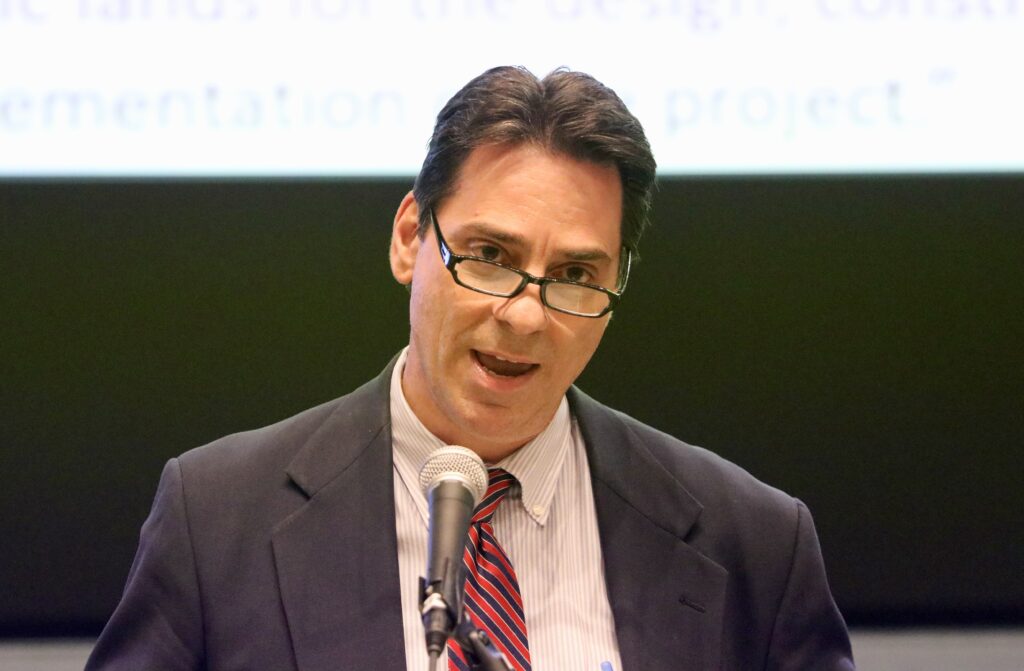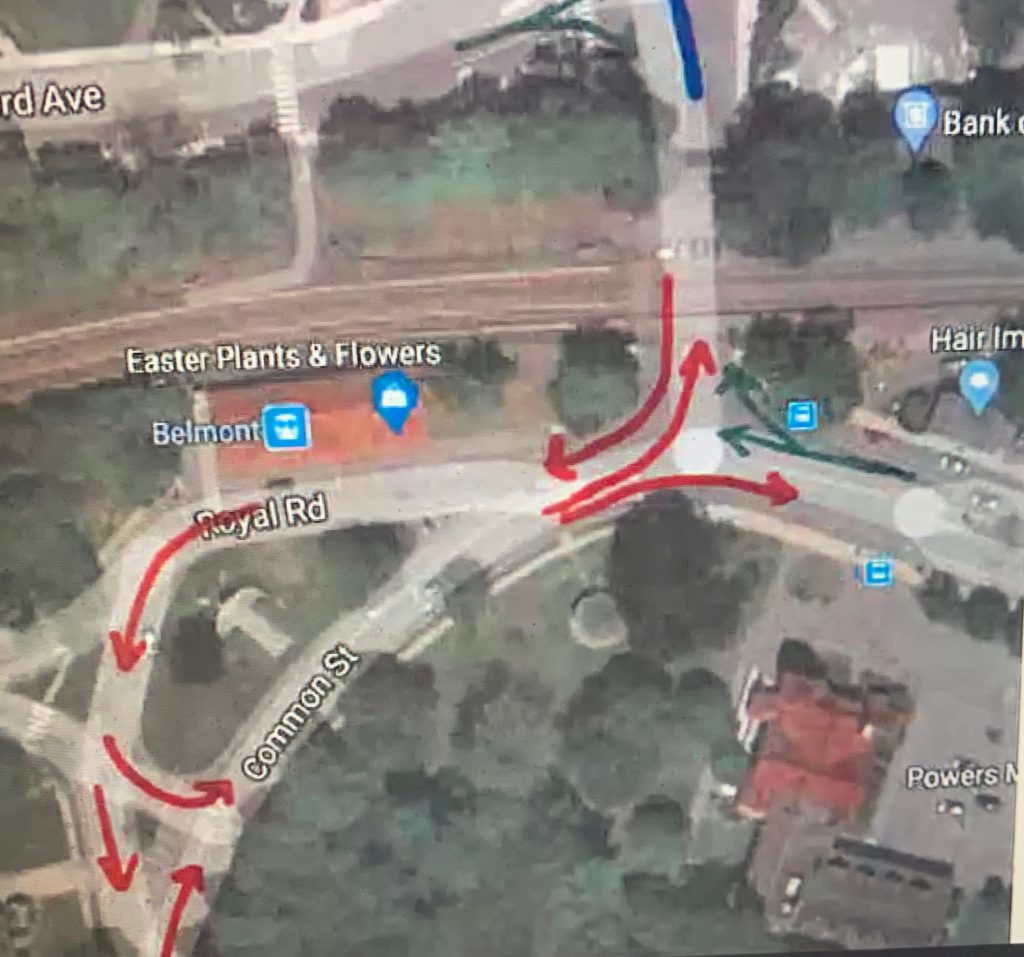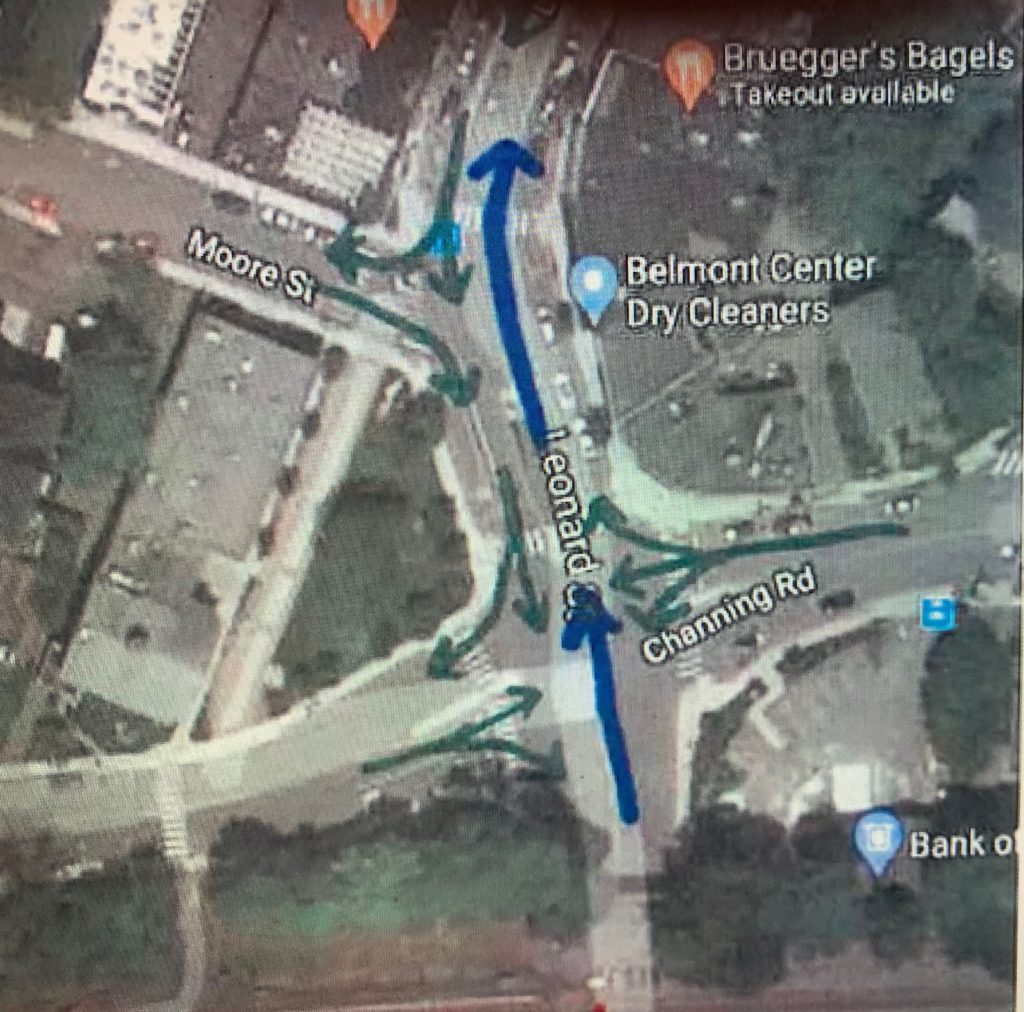Photo: Glenn Clancy
Glenn Clancy, who spent nearly five decades serving the residents of Belmont, died on Wednesday, May 14, 2025.
Clancy, 61, died after a long-battle with cancer, according to his family.
On leave since late last year, the Quincy-native would have celebrated his 40th anniversary working in Belmont this June.
“Glenn was a dedicated public servant, whose career in Belmont spanned four decades and many roles, including long-time Director of the Office of Community Development and Town Engineer,” wrote Select Board Chair Elizabeth Dionne in an email to Town Meeting members.
“Glenn was a consummate professional. His work was meticulous and always reliable. He was a true gentleman, treating everyone—from town leaders to his professional colleagues to the most obstreperous members of the public—with unfailing courtesy and respect, not to mention a ready smile and flashes of wry humor. His passing leaves a tremendous hole in all our hearts,” Dionne noted.

Clancy’s presence was missed at this year’s Town Meeting, as he was a familiar presenter of town-sponsored articles. With a wry smile and “Ah shucks” demeanor, Clancy would expertly maneuver some of the most contentious issues before the meeting with a thorough understanding of the subject and facts.
For decades as Town Engineer, Clancy was the town official who managed the town’s notorious roads and sidewalks. But he took the job understanding resident’s complaints, but also seeing it as an opportunity to “gently” educate citizens on why their streets were on a waiting list for repair. One year at a community get-together, Clancy sat a table with a handwritten sign proclaiming: “Ask me about the roads,” and answered a night’s worth of queries.
The Flag of the United States of America at Town Hall was lowered to half-staff on Wednesday to honor Clancy. On what is expected to be the fourth night of the annual Town Meeting, Monday, May 19, Town Moderator Michael Crowley will lead the Meeting in a moment of silence to remember Clancy and mark his passing.
Clancy is survived by his wife Kathryn Condos Clancy of Quincy, his son, Aaron Clancy of Quincy, and his daughter, Sarah Clancy of Dallas, TX. He also leaves his brother Steven Clancy, and his wife Paula of Oak Ridge, TN, and sister, Lynn Liscio of Nashua, NH.
Visiting hours is on Sunday May 18, 2025 from 4 p.m. to 8 p.m. in the Keohane Funeral Home, 785 Hancock St., QUINCY. A Celebration of Life Service will be held in the funeral home at 9 a.m. on Monday May 19 prior to the Funeral Mass in St. John’s Church, Quincy at 10 a.m. Burial will be at Pine Hill Cemetery, Quincy.
According to Dionne, working in conjunction with his family, Town leadership hopes to recognize Clancy at the Special Town Meeting in October.

